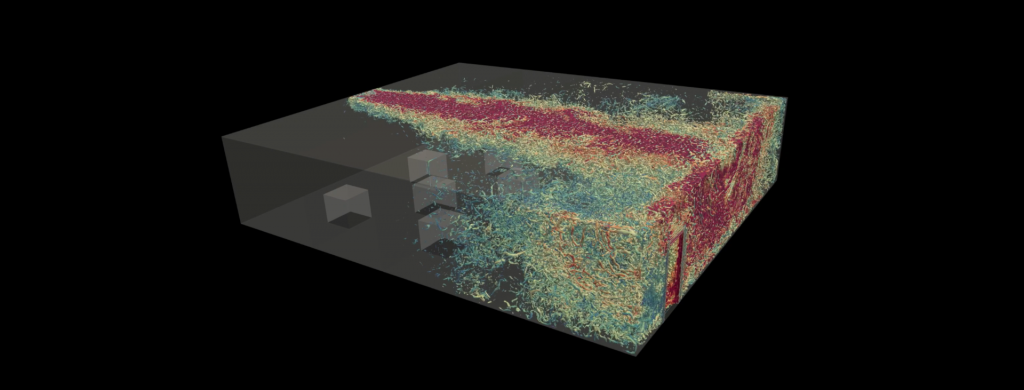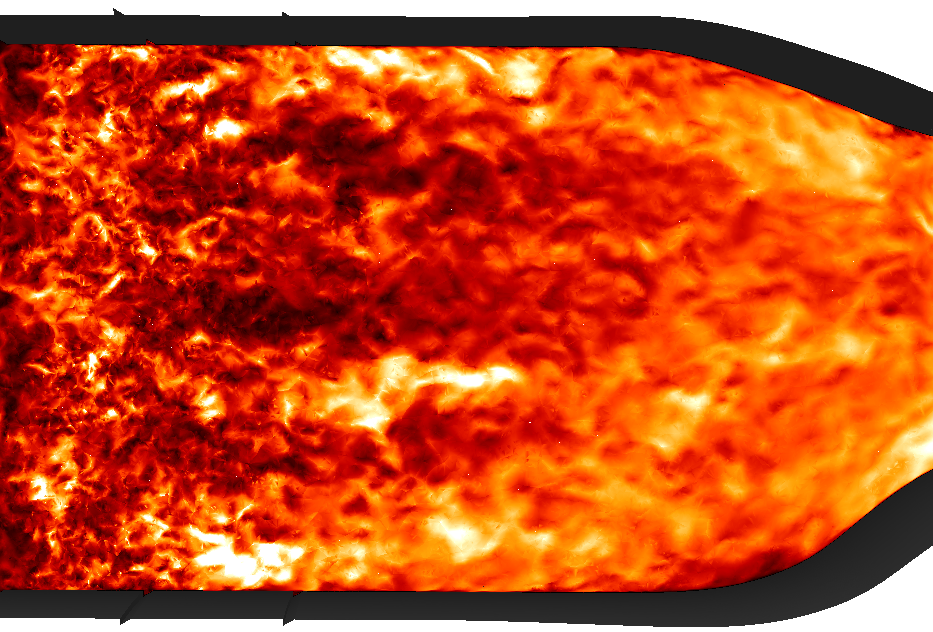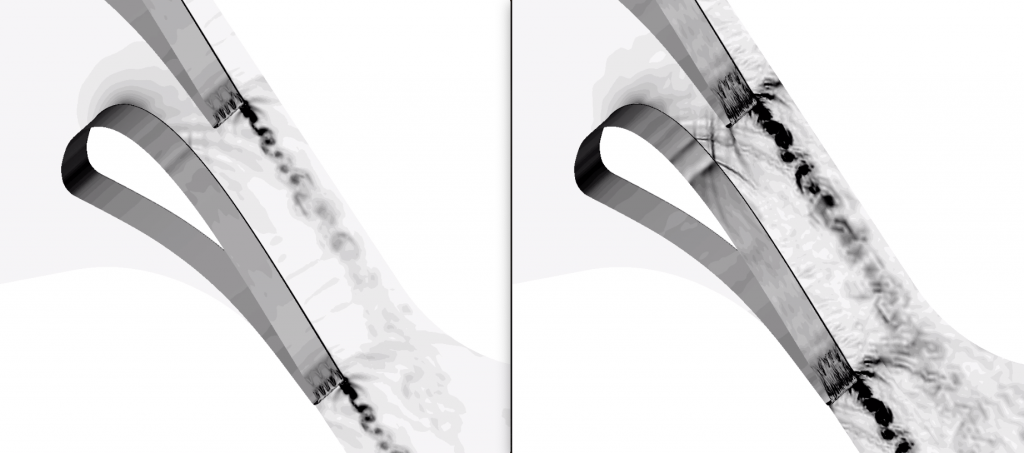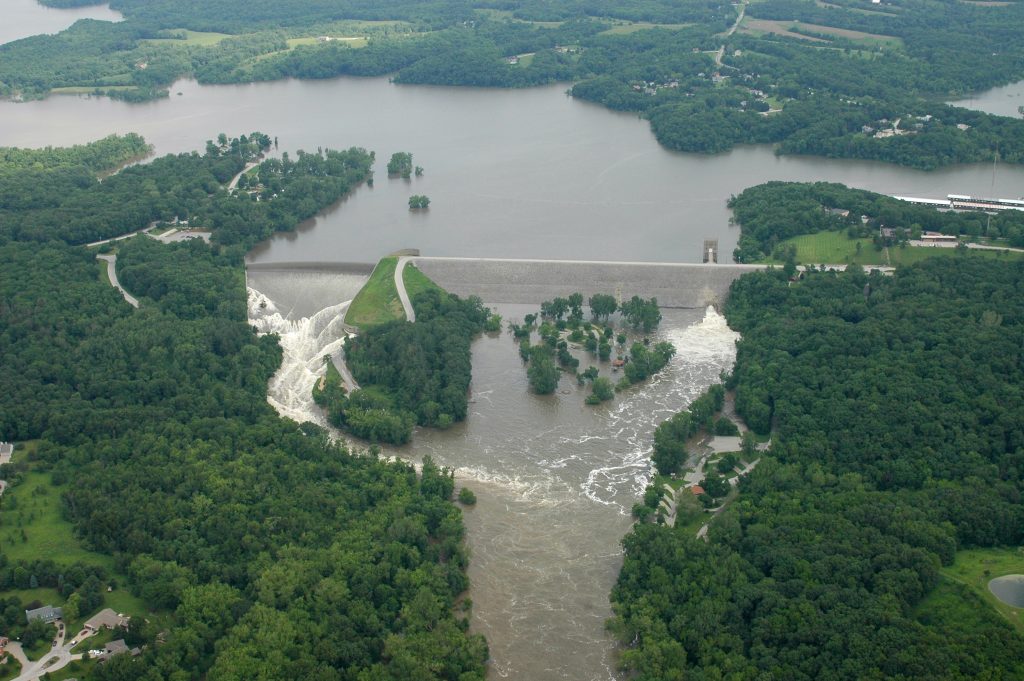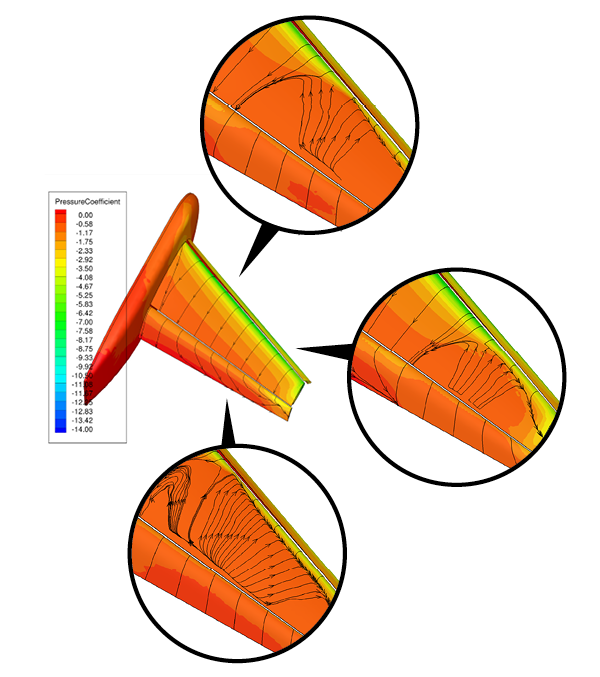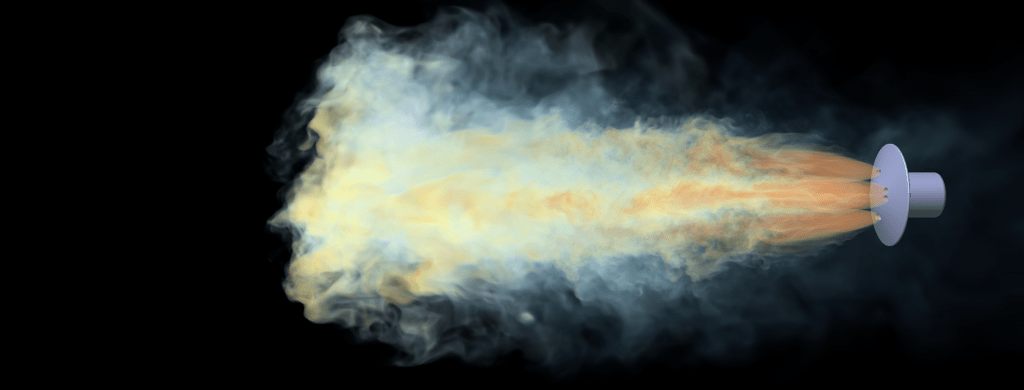
A U.S. mission to land astronauts on the surface of Mars will be unlike any other extraterrestrial landing ever undertaken by NASA. Although the space agency has successfully landed nine robotic missions on Mars since its first surface missions in 1976 with the Viking Project, safely bringing humans to Mars…
Coury TurczynFebruary 29, 2024


